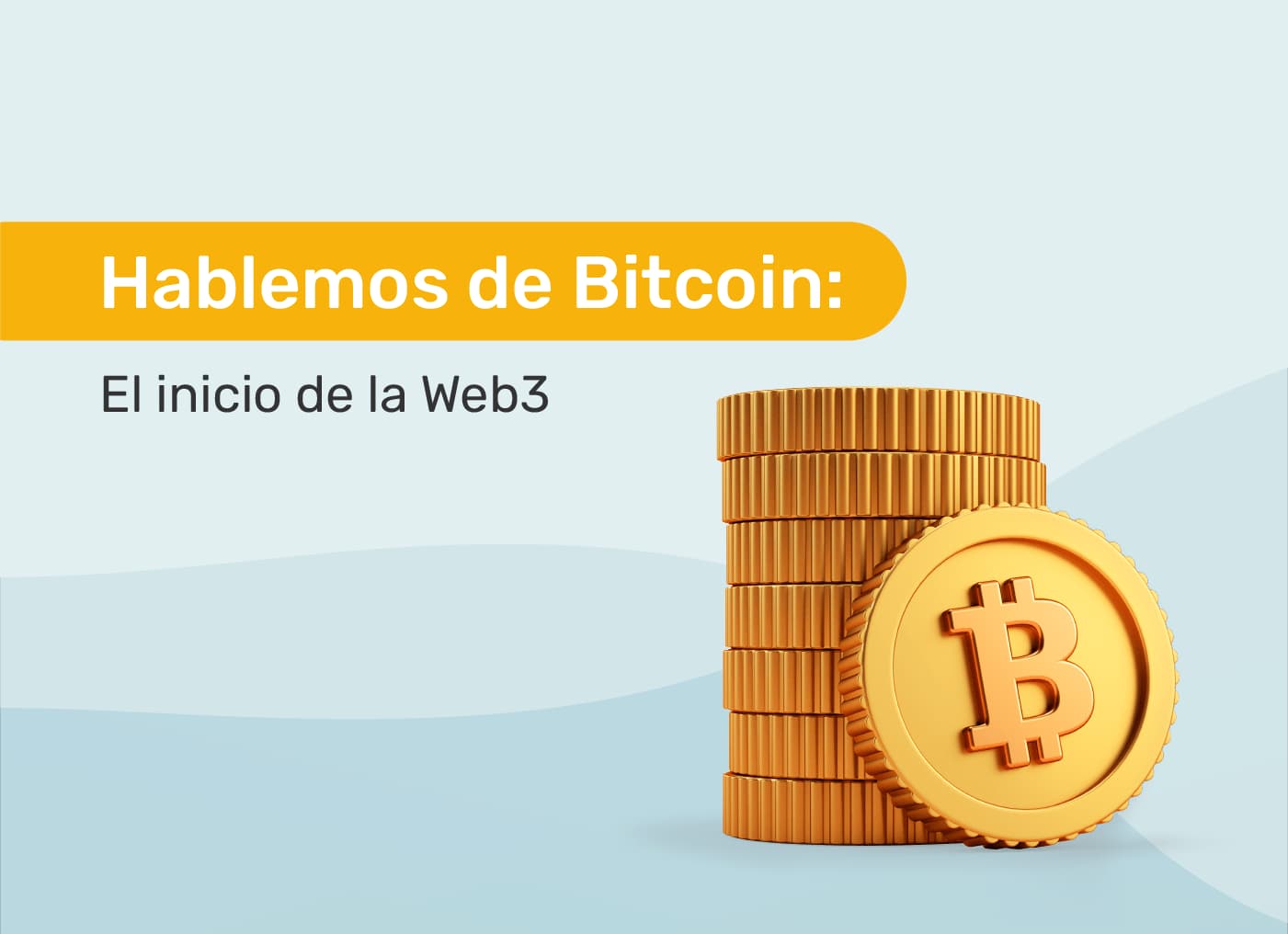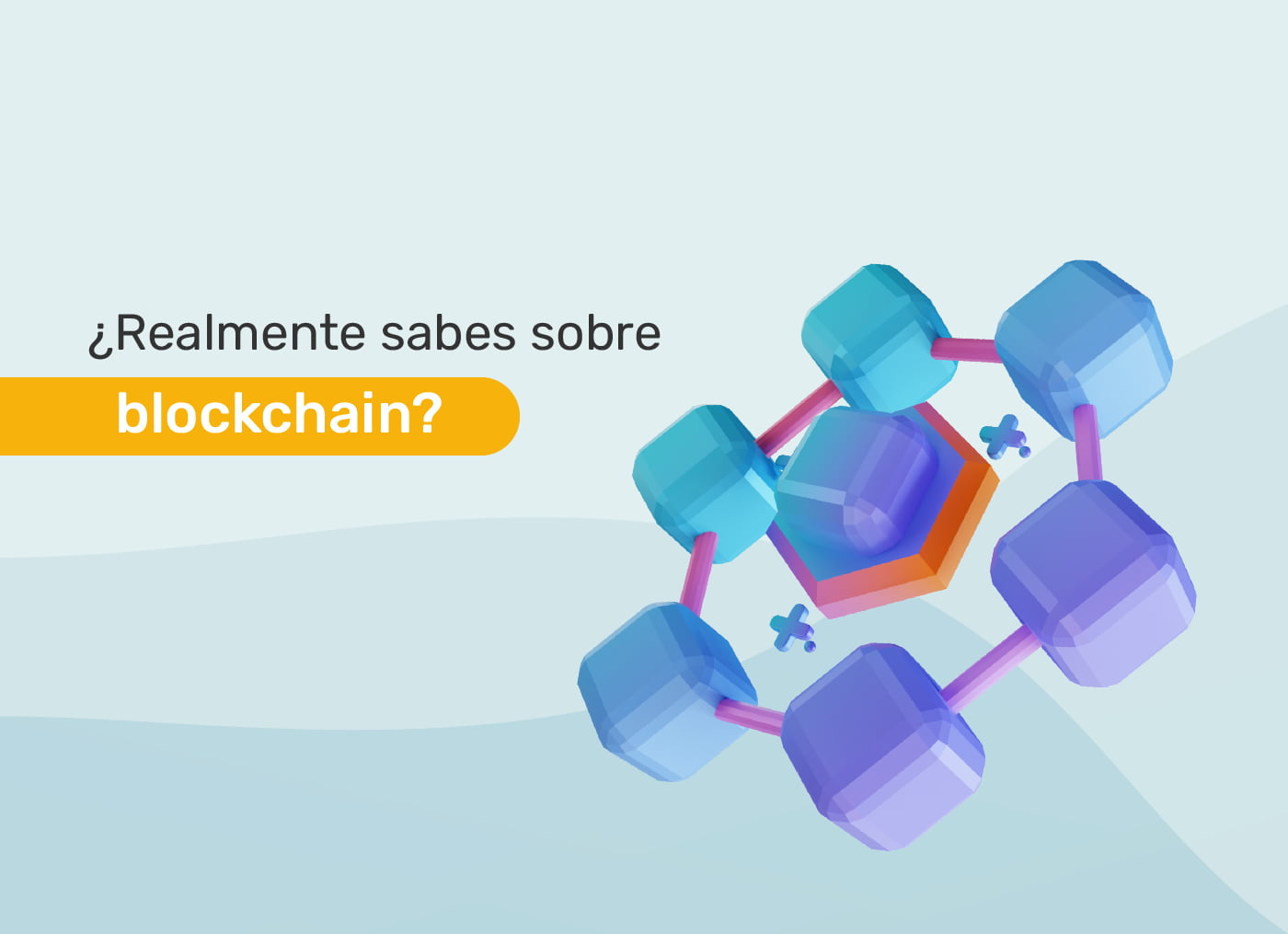The vast majority of people who move around the internet have heard at least once about Bitcoin. Whether it's because its price is through the roof or because Elon Musk tweeted about it, millions of people talk about it every day, but... What the hell is Bitcoin?
Explanations abound on the internet, but they are almost always either very technical or very simple, so we set out to the task of building this guide, where we will explain to you quickly, but in detail, everything about the king of cryptocurrencies.
Within this article you will find topics such as: what are Bitcoins, how safe they are, how they work, and where you can buy them if you are in Latin America.
Let's talk about Bitcoin
Bitcoin was the first cryptocurrency created, and like traditional money, it is used to buy or sell goods and services, in addition to being used as a store of value.
Yes, those are all the similarities that Bitcoin has with the money you use every day, because despite being in a nutshell”digital money”, this one has unique characteristics that make it stand out in the world of cryptocurrencies. This has increased not only its reputation, but also its price, reaching $68,000 in 2021.
One of the features that sets it apart from any other traditional currency is that is supported by technology blockchain (or blockchain), which consists of a decentralized network of blocks linked through various computers distributed around the world.
The blockchain is decentralized, which means that no central entity or person can control or regulate the price of Bitcoin. Leaving control in the hands of its users. This is a fundamental difference with FIAT money, since banks modify the value arbitrarily.
An important feature is that the algorithm of this Cryptocurrency is programmed so that only 21 million Bitcoins are issued, this causes its production to be reduced by two every four years.
Currently, 90% of Bitcoins have already been mined, but, don't worry! Thanks to its design, the last one is expected to be issued in the year 2140. This does not mean that the cryptocurrency will disappear, rather this will make As time goes by, its price increases and it can only be purchased from users who have the cryptocurrency in their possession.
Now that you know what Bitcoins are, we are going to tell you some interesting facts about this cryptocurrency.
A bit of history
In November 2008, someone under the pseudonym Satoshi Nakamoto published an article introducing the world to a P2P payment system called Bitcoin. The idea itself was revolutionary: make payments without the need for intermediaries through digital currencies, without the intervention of the government or any bank.
It all seemed like a simple utopia!
Finally, in January 2009, the first version of the software that allows managing the currency network was released, thus marking the beginning of a revolution that changed the world forever.
Over time, this new way of making payments began to become popular through forums and technology enthusiasts, allowing cryptocurrency to acquire more value and new technologies to be developed to expand its use.
There is a before and after in the history of Bitcoin, oddly marked by a person who bought two pepperoni pizzas using cryptocurrency.
Who is Satoshi Nakamoto?
There are a myriad of stories behind the name Satoshi Nakamoto, but there are certainly no correct ones so far. The pseudonym was used to hide the true identity of the person (or people) who was behind the development and went down in history as the creator of cryptocurrency. Despite not having a clue about this person, his contribution has allowed facilitate international payments, to economically empower thousands of people and lay the foundations for a decentralized finance system.
How does Bitcoin work?
As we mentioned above, Bitcoin works thanks to blockchain (also known as blockchain), this consists of a decentralized network of blocks, linked through hundreds of computers spread around the world. The computers are connected to together support all the transactions made, and they are also used to decipher complex mathematical operations, where each solved operation generates a reward and that is what we know as mining.
Each block contains information about all the transactions executed on the network, this allows ensure that the same operation is not repeated, that a coin is not spent twice, that issuance standards are met, among other things. All this information stored in each block makes it impossible to edit or alter the chain and the only way to achieve this would be to edit all the previous blocks.
Anyone in the world can start mining their own Bitcoins, although, due to the complexity of mining, specialized equipment is needed. That's why the most common (and fastest) thing is that users buy cryptocurrency directly.
It may seem that due to the current cost of cryptocurrency, it is quite difficult to buy it, but the truth is that you can buy Bitcoins no matter what your budget is. Since, every The unit is divided into one hundred million satoshis, which would be similar to the cents into which traditional money is subdivided.
To store and exchange this cryptocurrency it is necessary to have a wallet, which is basically a virtual version of the wallet that you carry in your pocket.
Each Bitcoin wallet is designed to receive this cryptocurrency exclusively and contains a unique code that identifies it; you can also create a super-secure key so that only you have access to your precious savings.
Are Bitcoins safe?
Many people still don't trust a currency they can't hold in their hands; however, using this type of cryptocurrency is even safer than having any other traditional currency, since they can be stored in encrypted wallets and each transaction made is permanently recorded on the blockchain.
Currently, you can use Bitcoins to buy almost any product and acquiring them is quite easy and safe if you do it through verified platformsS.
If you are looking to invest your money you should be careful, the price of Bitcoin is quite volatile and although it can generate great profits in the long term, it is recommended that you make sure to invest better understand the risks or do you choose safer ways to invest in cryptocurrency.
Where can you buy Bitcoins?
Now that you know everything about Bitcoin, you may be wondering where you can buy your first satoshis and we just know a place where you can do it quickly and safely.
You can buy and sell this cryptocurrency using your national currency (for example pesos or bolivars) through P2P platforms, such as El Dorado.
To enjoy everything El Dorado has to offer you, all you have to do is Register on the web or download our mobile app, complete the identity verification and you're done! You'll have your own wallet and an ideal account for buying and selling Bitcoins.
Did you like this article? You'll like it better after you have your first satoshis in your wallet! So don't wait any longer and start your journey to El Dorado.





